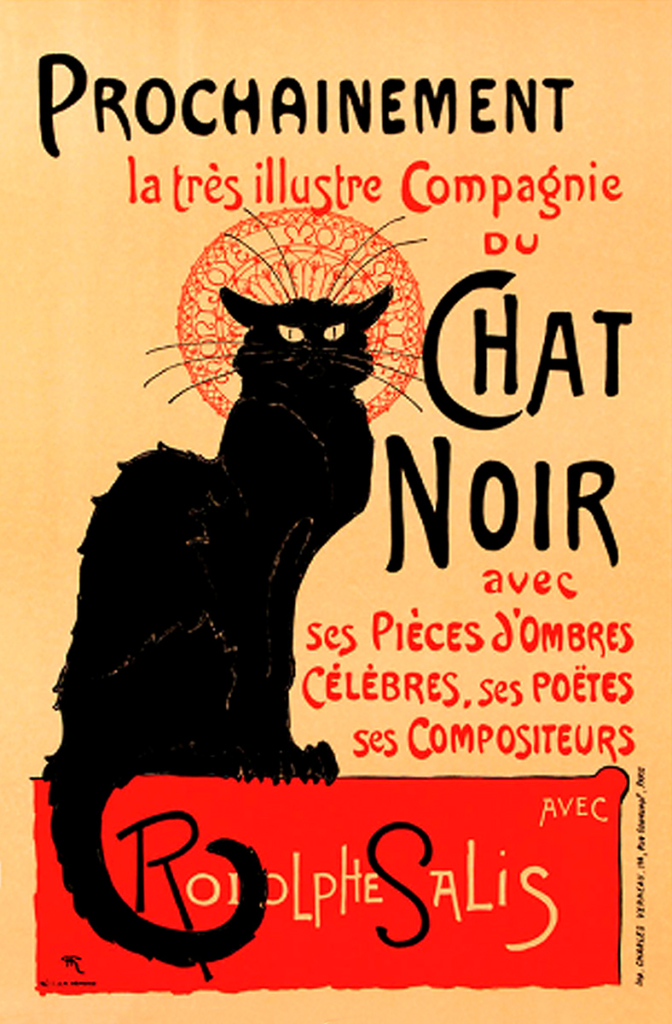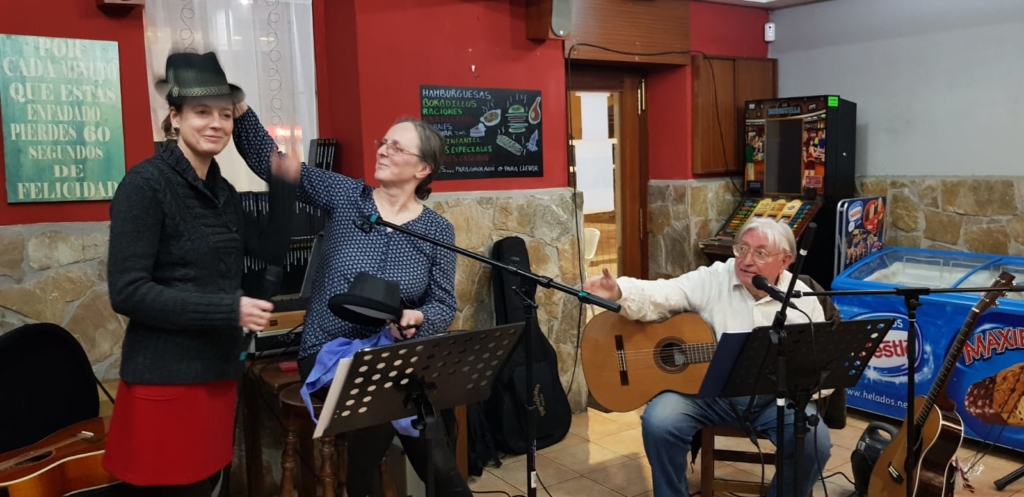The program proposed refers has its origin in the European (mainly Austro-german and french) cabaret tradition, starting at the end of the period from 19th century to beginning of the 20th century.
Cabaret is a form of theatrical entertainment featuring music, song, dance, recitation, or drama. It is mainly distinguished by the performance venue, which might be a pub, a casino, a restaurant, or a nightclub with a stage for performances. The audience, often dining or drinking, does not typically dance but usually sits at tables. Performances are usually introduced by a master of ceremonies or MC. The entertainment, as done by an ensemble of actors and according to its European origins, is often (but not always) oriented towards adult audiences and of a clearly underground nature. Very often if offers a variety program of soloist artista (singers, dancers, acrobats, monologists…)
Cabaret song by Sweet Winds here.
Downloads
History of Cabaret
Taverns have existed since immemorial times, whereas the first «café» as we know it appeared in Italy in 1647, in Piazza San Marco in Venice. In 1686 the Café Procope opened in Paris. On November 18th, 1881, in Paris and at the foot of Montmartre, the first real cabaret was born: the Chat Noir (The Black Cat) by Rodolphe Salis. In the Belle Époque the first cafés with live music and many other cabarets are also created in France. Due to their low prices, they were able to erase social barriers for a time. At the same time, in England, the entry of women into pubs was authorized and they became cafés with resident singers.
At the beginning of the 20th century, cabarets were found throughout Europe and Russia, despite censorship. We quote Max Reinhardt in Berlin (cabaret «Noise and Smoke»), Wedekind in Munich («The Eleven Executioners»), Hoffman, Kokoshka and Klimt in Vienna (The Bat), Stanislavski and Meyerhold in St. Petersburg.
The cabaret also becomes a revolutionary tool for the Russian Futurists, the German Expressionists and the Swiss Dadaists (Cabaré Voltaire). The Nazi period and the Second World War stopped the movement. This was relaunched in France in the post-war in the form of the «caves with resident singers». From its origins the Cabaré bequeathed emblematic songs that remain in the memories and constitute a true cultural heritage.

Sweet Winds revisiting cabarets songs

The duo Sweet Winds and Anke Schulz present us a very original selection of cabaret songs from various European countries sung in their native languages and spanning several eras. The show mixes humor and devotion, critical reflection and protest, songs by great authors and folk songs and cantilenas that also tell us stories of the slums of the big European cities (France, England, Germany, Austria, Italy, Spain, etc.). It allows you to discover in a funny way almost unknown songs and enjoy very famous songs from the classic cabaret repertoire.
Sweet Winds for its recital merges historical and contemporaneous cabaret, following a clear script. Emblematical songs mainly of german-austrian, french and angolsaxon repertoires are interpreted next to others, torn from originally other contexts such as pop-songs (example: Dandy). Ironical, critical and analytical texts do dominate in the selection. Also there are just funny ones.
Be surprised!


